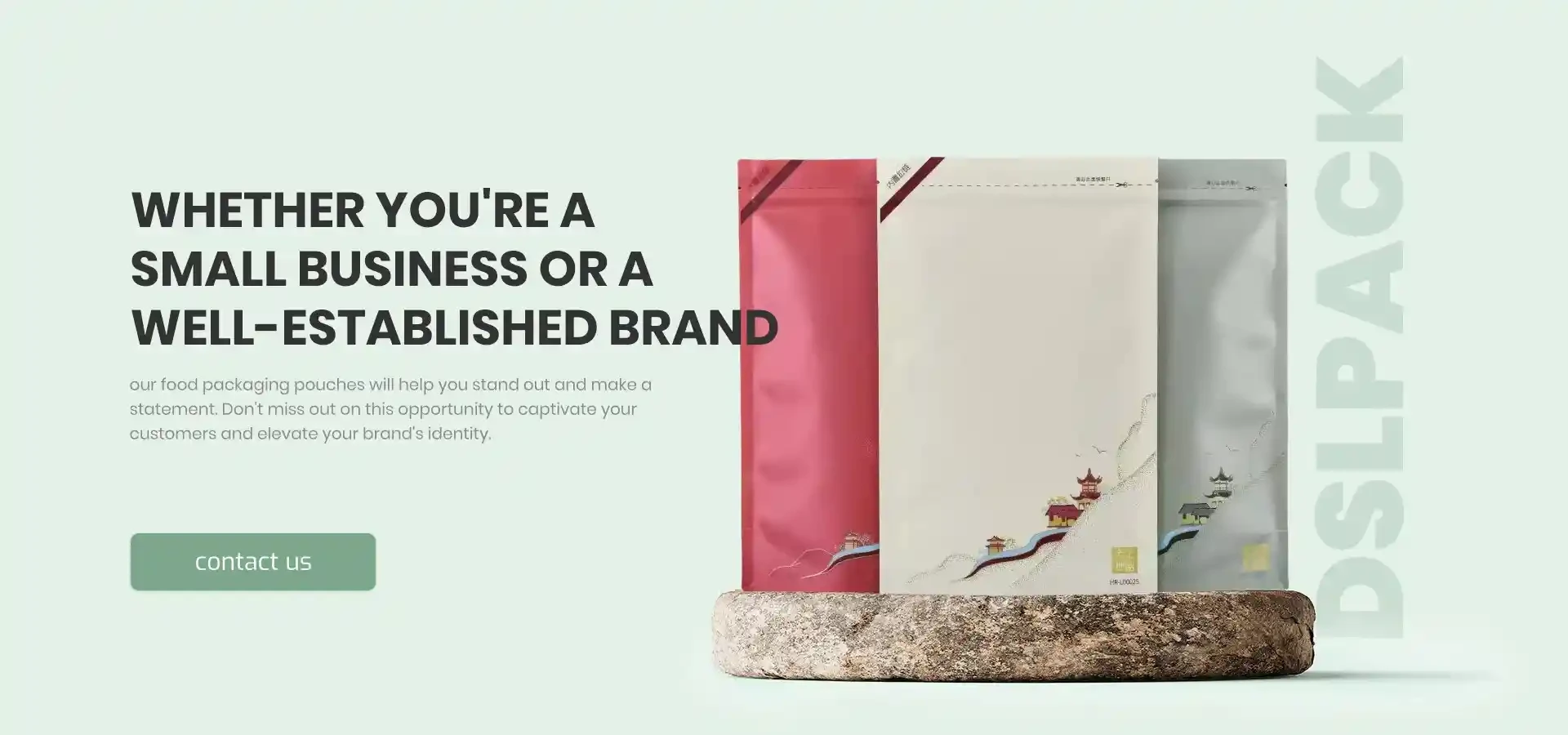- Afrikaans
- Albanian
- Amharic
- Arabic
- Armenian
- Azerbaijani
- Basque
- Belarusian
- Bengali
- Bosnian
- Bulgarian
- Catalan
- Cebuano
- chinese_simplified
- chinese_traditional
- Corsican
- Croatian
- Czech
- Danish
- Dutch
- English
- Esperanto
- Estonian
- Finnish
- French
- Frisian
- Galician
- Georgian
- German
- Greek
- Gujarati
- haitian_creole
- hausa
- hawaiian
- Hebrew
- Hindi
- Miao
- Hungarian
- Icelandic
- igbo
- Indonesian
- irish
- Italian
- Japanese
- Javanese
- Kannada
- kazakh
- Khmer
- Rwandese
- Korean
- Kurdish
- Kyrgyz
- Lao
- Latin
- Latvian
- Lithuanian
- Luxembourgish
- Macedonian
- Malgashi
- Malay
- Malayalam
- Maltese
- Maori
- Marathi
- Mongolian
- Myanmar
- Nepali
- Norwegian
- Norwegian
- Occitan
- Pashto
- Persian
- Polish
- Portuguese
- Punjabi
- Romanian
- Russian
- Samoan
- scottish-gaelic
- Serbian
- Sesotho
- Shona
- Sindhi
- Sinhala
- Slovak
- Slovenian
- Somali
- Spanish
- Sundanese
- Swahili
- Swedish
- Tagalog
- Tajik
- Tamil
- Tatar
- Telugu
- Thai
- Turkish
- Turkmen
- Ukrainian
- Urdu
- Uighur
- Uzbek
- Vietnamese
- Welsh
- Bantu
- Yiddish
- Yoruba
- Zulu
Exploring the Dimensions and Characteristics of Box Length and Its Impact
The Importance of Length in Box Design
When it comes to packaging and shipping, the length of a box plays a critical role in determining its effectiveness and efficiency. The dimensions of a box, particularly its length, can significantly affect various aspects such as freight costs, product protection, shelf space optimization, and overall consumer satisfaction. Understanding the implications of box length in design is essential for manufacturers, retailers, and consumers alike.
Cost Efficiency
One of the most immediate considerations regarding box length is the impact on shipping costs. Shipping companies often charge based on the dimensional weight of a package, which factors in length, width, and height. By optimizing the length of a box to fit the contents snugly, businesses can reduce excess dimensional space, ultimately leading to lower shipping fees. For example, an overly long box could lead to increased costs due to the additional space it occupies, not just in transit but also in storage at warehouses and retail locations.
Product Protection
Another significant aspect influenced by the length of the box is the protection of the product inside. A box that is too long for its contents may allow for too much movement, increasing the risk of damage during transit. Items can shift, bump against each other, or become damaged due to inadequate cushioning. Conversely, a box that fits the product perfectly can minimize movement and provide better protection, ensuring that goods arrive at their destination in pristine condition. This is especially crucial for fragile items like glassware, electronics, or delicate components.
Shelf Space Optimization
length of box

Retailers must also consider the length of boxes when it comes to shelf space. In a competitive retail environment, the way products are displayed can significantly affect sales. Boxes that are too long may take up unnecessary space, limiting how many items can be displayed at once. This can lead to reduced visibility and sales opportunities. Conversely, practicing effective box length design can enable retailers to maximize shelf space, allowing them to showcase more products and enhance their overall retail environment.
Branding and Consumer Experience
The length of a box also contributes to branding and consumer experience. Packaging serves as a first point of interaction between a consumer and a product. An aesthetically pleasing box that feels just right in size can create a positive impression and elevate the unboxing experience. Brands that invest in thoughtful packaging design, including the appropriate length, have a chance to engage consumers more effectively. When a box is designed with the right dimensions, it conveys a sense of quality and care, enhancing the overall perception of the brand.
Sustainability Considerations
With the growing emphasis on sustainability, the length of a box also carries implications for environmental impact. Companies today are increasingly focused on reducing waste and minimizing their ecological footprint. Designing boxes that are appropriately sized for their contents can lead to less material waste, as fewer resources are used in manufacturing excessively large boxes. Moreover, efficient box designs can contribute to lower carbon emissions during transportation by allowing more products to be shipped at once.
Conclusion
In conclusion, the length of a box is not merely a matter of measurement; it encompasses a wide array of considerations vital to successful packaging. From cost efficiency and product protection to retail display optimization and environmental sustainability, the implications of box length are far-reaching. As businesses continue to prioritize effective packaging solutions, an emphasis on thoughtful box design will remain paramount. The right length can significantly enhance logistics, branding, and customer experience, ultimately leading to a better overall outcome for both manufacturers and consumers.













